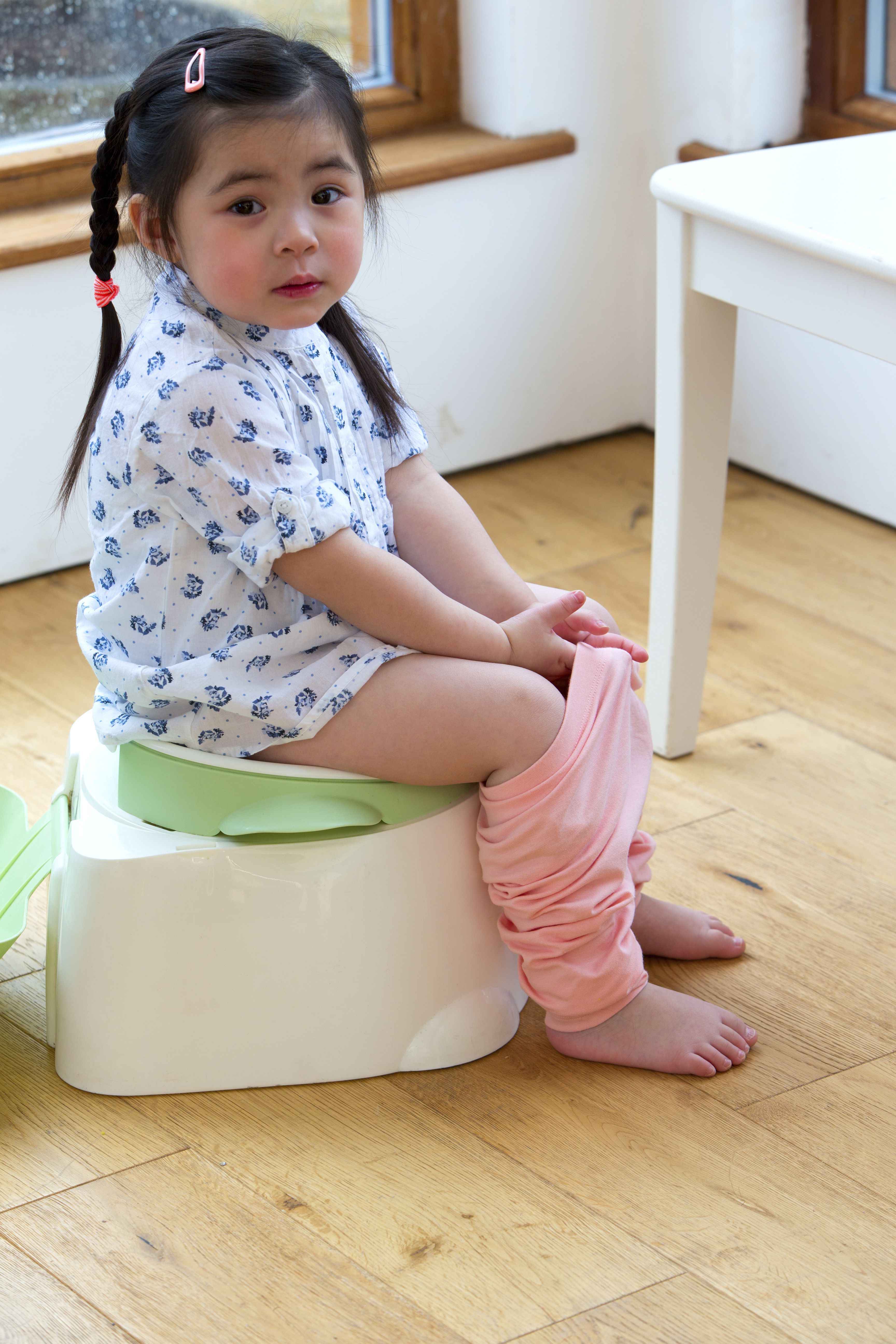Chapter 24. Freud’s Stages of Psychosexual Development
Learning Objectives





Identify the five stages in Freud’s theory of psychosexual development.
Describe the relevant developmental issues at each stage of psychosexual development.
Review
Review
Select the NEXT button to continue with the Review.
1. Freud maintained that children develop through five psychosexual stages during which the libido—the “life force,” or pleasure-seeking energy contained within the id—is focused on different parts of the body.
Review
Review
Select the NEXT button to continue with the Review.

2. During the oral stage (0 to 18 months), pleasure centers on the mouth, as the infant explores the world by sucking and tasting different objects.
Review
Review
Select the NEXT button to continue with the Review.
3. During the anal stage (toddlerhood, 18 to 36 months), bowel and bladder elimination becomes a source of gratification.
Review
Review
Select the NEXT button to continue with the Review.


4. During the phallic stage (3 to 6 years), the pleasure zone shifts to the genitals. The young boy experiences the Oedipus complex, involving feelings toward his mother and feelings of jealousy and hatred for his father. The young girl develops romantic feelings toward her father (sometimes called the Electra complex) and sees her mother as a rival.
Review
Review
Select the NEXT button to continue with the Review.
5. Children eventually deal with these threatening feelings by repressing them and trying to become like the rival parent. Through this identification process, they come to incorporate their parents’ values into their own superego—Freud's term for the child's internalized ideals.
Review
Review
Select the NEXT button to continue with the Review.


6. A period of latency (age 6 to puberty) in which sexual feelings are dormant is followed by the genital stage (from puberty into adulthood) in which the person begins to experience romantic and sexual feelings toward peers.
Review
Review
Select the NEXT button to continue with the Review.

7. Freud believed that strong conflict could cause the libido to fixate, or “get stuck,” at a particular stage and produce maladaptive behavior in adulthood. For example, fixation at the oral stage might lead to excessive eating and smoking, as the adult tries to recapture the oral pleasure of infancy.
Practice: Psychosexual Development
Practice: Psychosexual Development
Roll over each photo to see the stage of psychosexual development linked to that age.

0 to 18 months

18 to 36 months

3 to 6 years

Age 6 to puberty

from puberty on
Focus of the libido:
pleasure centers on the mouth, activated through sucking, biting, and chewing
pleasure focuses on bowel and bladder elimination; child struggles with demands for control
pleasure zone is the genitals; child struggles with incestuous sexual feelings
sexual feelings have been repressed, and sexual interest is now dormant
sexual feelings are directed toward appropriate romantic targets
Quiz 1
Quiz 1
Drag each stage label to the drop area on the appropriate photo. When all the labels have been placed, select the CHECK ANSWER button.





Quiz 2
Quiz 2
Match the stages with their descriptions by dragging each colored circle to the appropriate gray circle. When all the lines have been placed, select the CHECK ANSWER button.